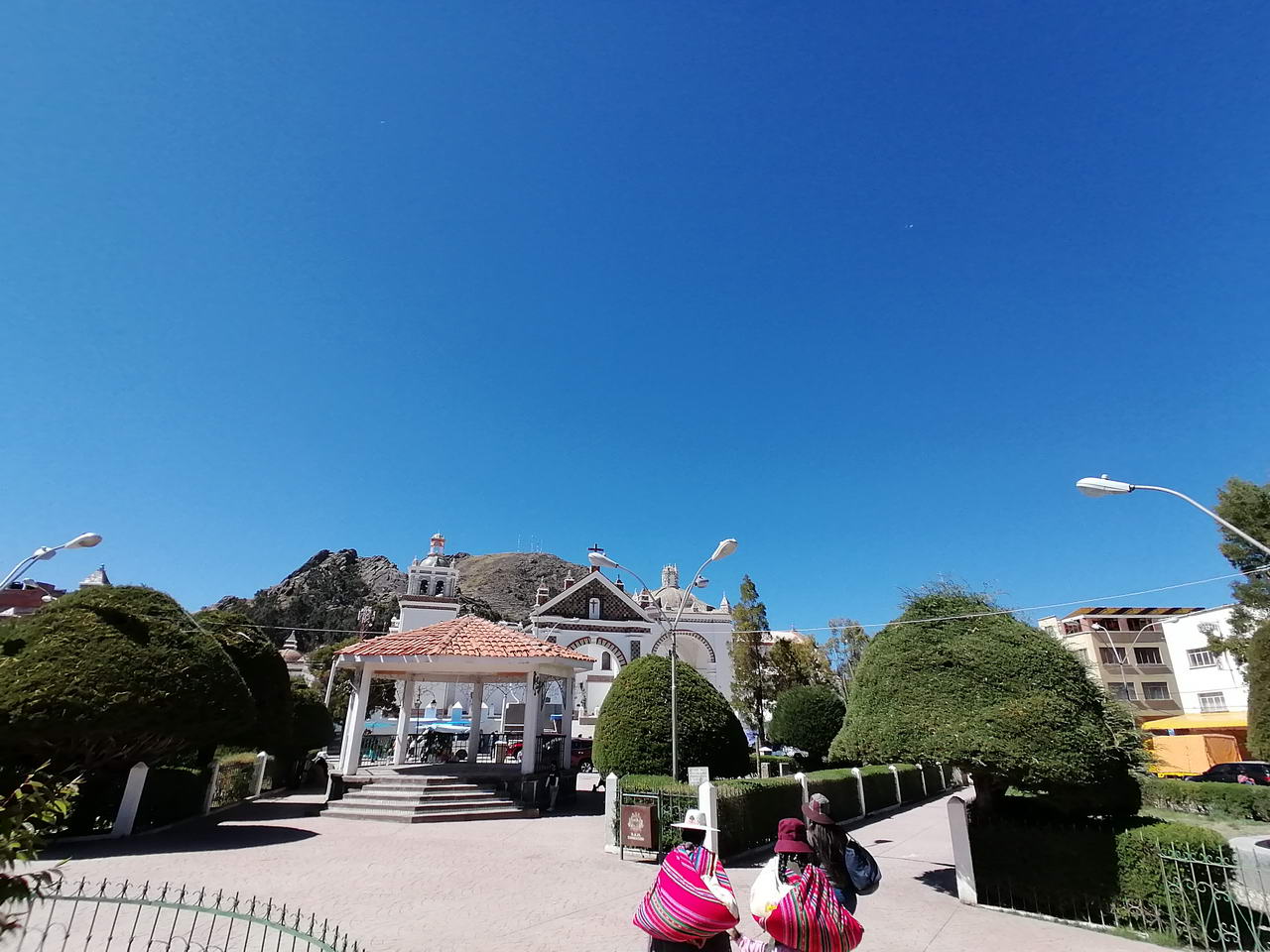Copacabana is a village with about 5000 inhabitants of aymaran, indigenous background. Long before Spanish invasion, Copacabana has been a sacred settlement for the inkas. Local traditions and customs are still very much alive and throughout the year the village hosts an enormous amount of festivals. The original traditions have formed an astonishing mixture with the colonial Christian culture. For local tourism Copacabana is famous for it’s virgin made by the indigenous sculptor Tito Yupanqui.
For international tourism it is surely the superb location over viewing the Lake that attracts visitors from all over the world. Before the Spaniards changed the name to Copacabana, the indigenous people were calling their settlement Kotacawaña, which means the outlook over the lake.
Address: Calle Michel Perez (Final), Copacabana - Bolivia
Cell phone: +591 72508668
E-mail: info@olasbolivia.com, info@hostallasolas.com
Website: www.olasbolivia.com http://olasbolivia.com

Copacabana es un pueblo con aproximadamente 5000 habitantes de origen Aymara. Mucho antes de la invasión española, Copacabana era considerada una tierra sagrada por los incas. Las tradiciones y costumbres locales aún se mantienen vivas y al paso de los años el pueblo llegó a ser sede de varios festivales. Para el turismo local, Copacabana es famosa por la iglesia y la imagen de la virgen de Copacabana, considerada la protectora de Bolivia.
Para el turismo internacional, Copacabana es famosa por las maravillosas vistas que se tiene sobre el lago Titicaca. Antes de que los españoles lleguen y cambien el nombre del pueblo a “Copacabana”, la gente local lo llamaba “Kotacawaña”, que significa el mirador sobre el lago.
More information